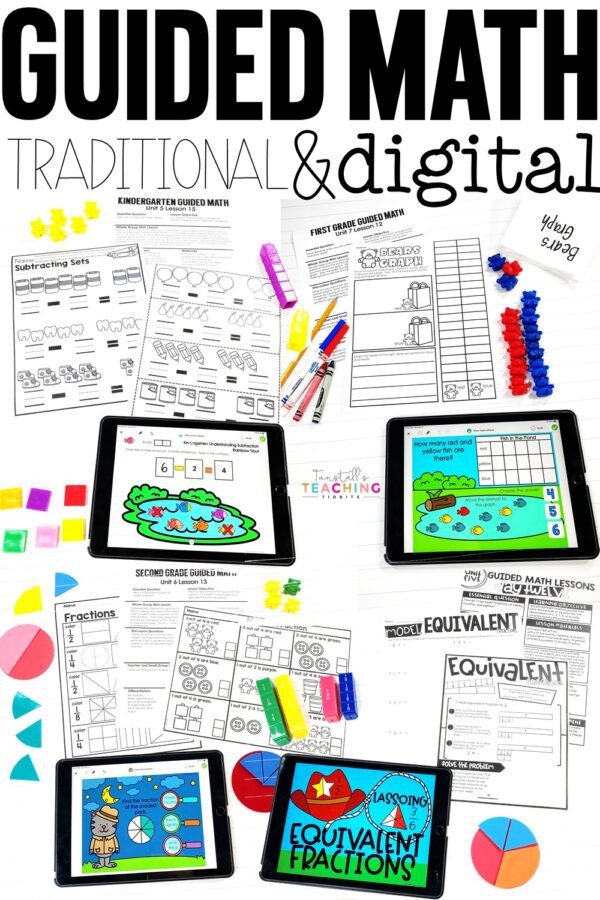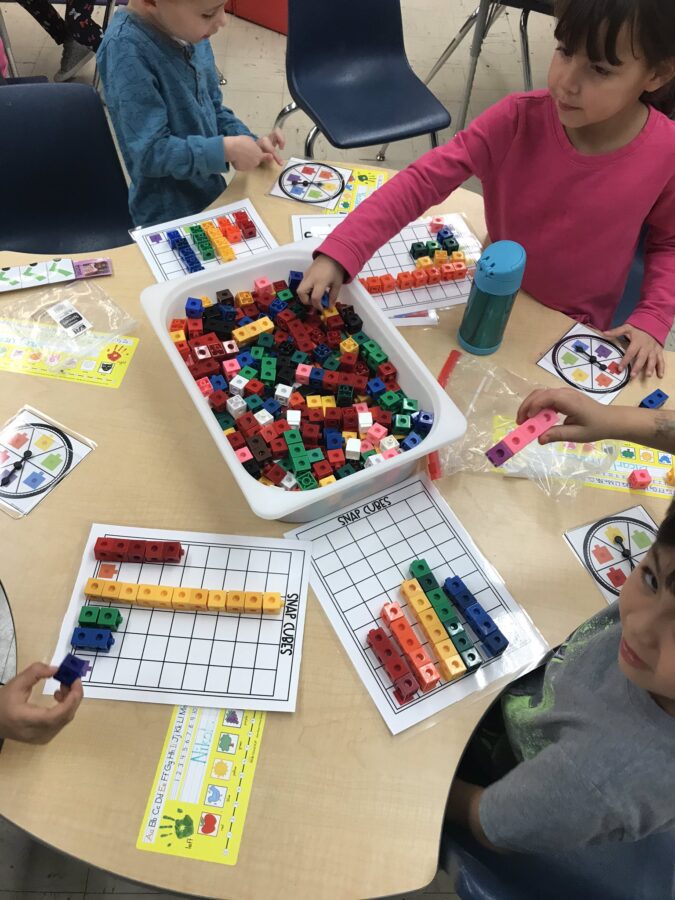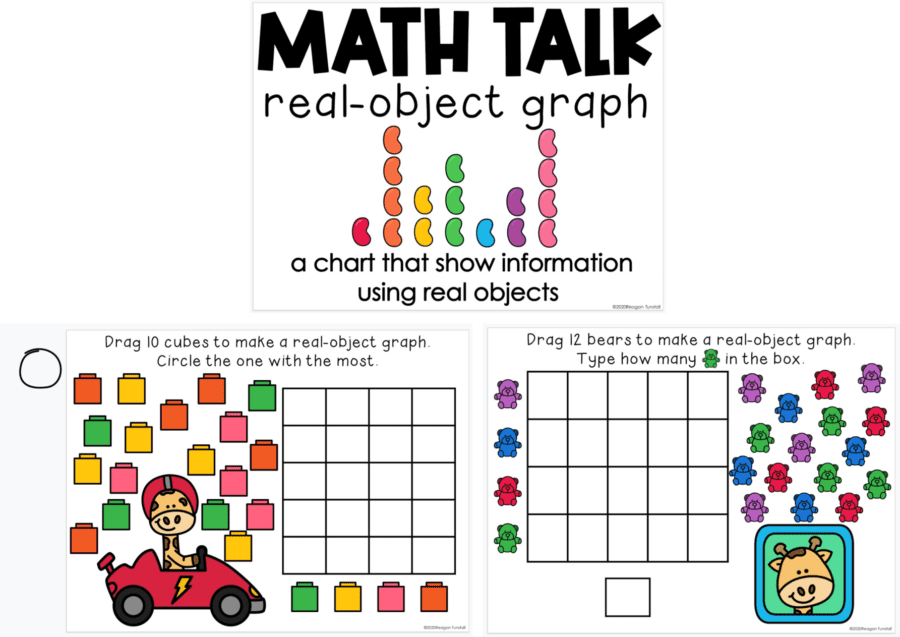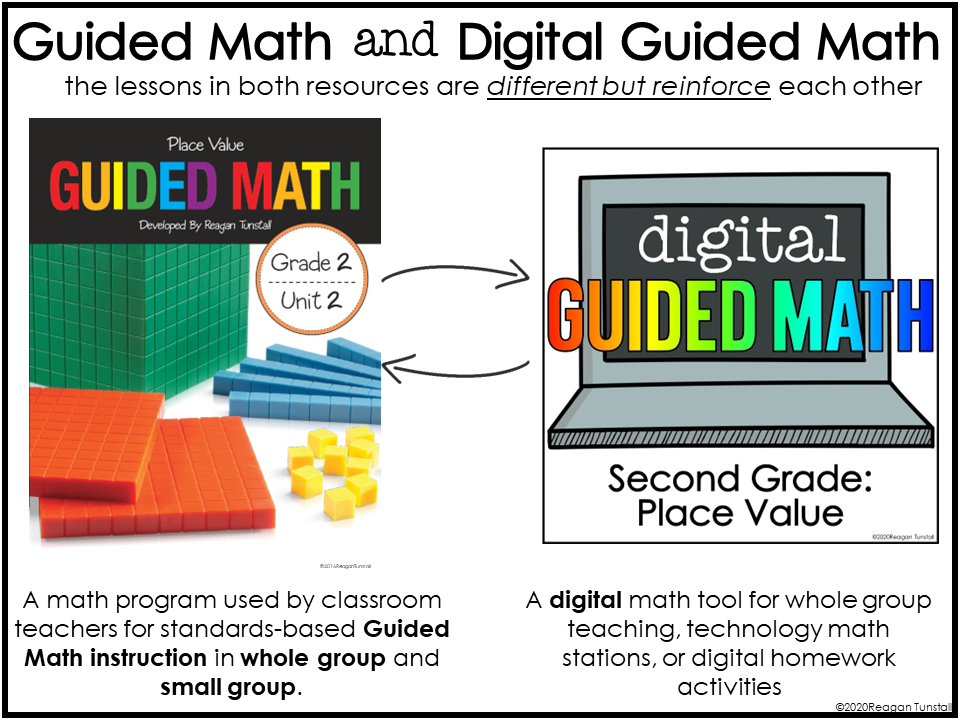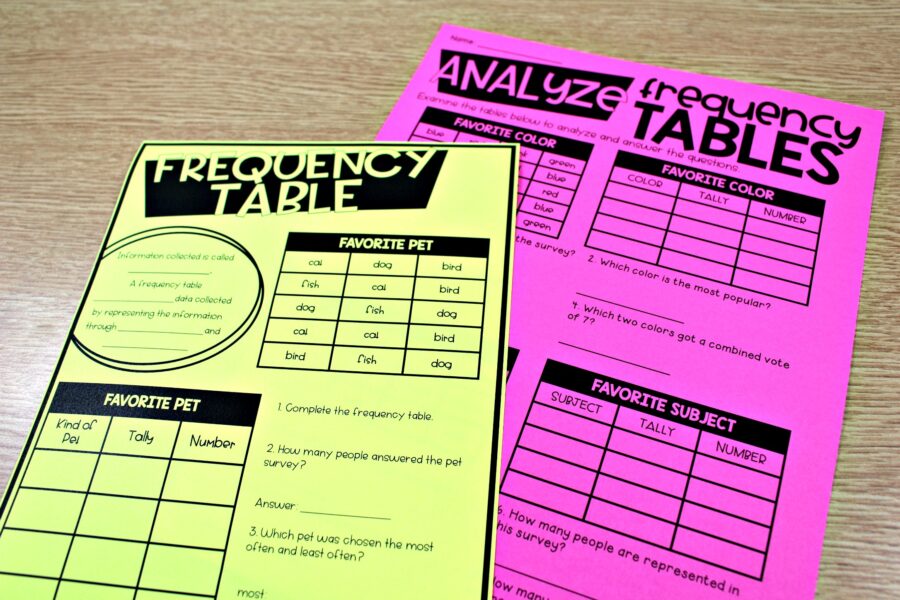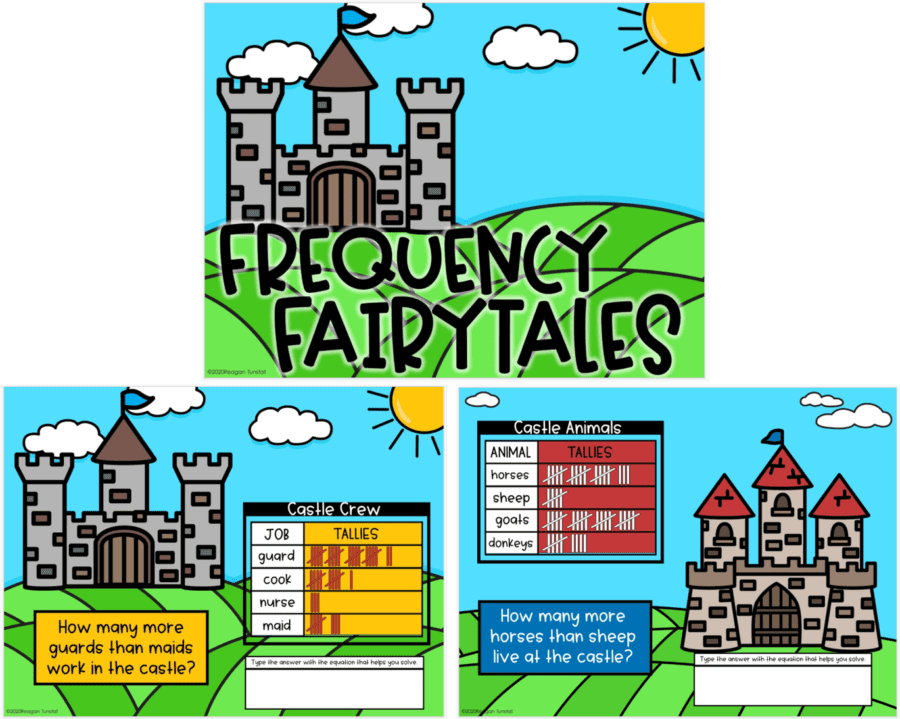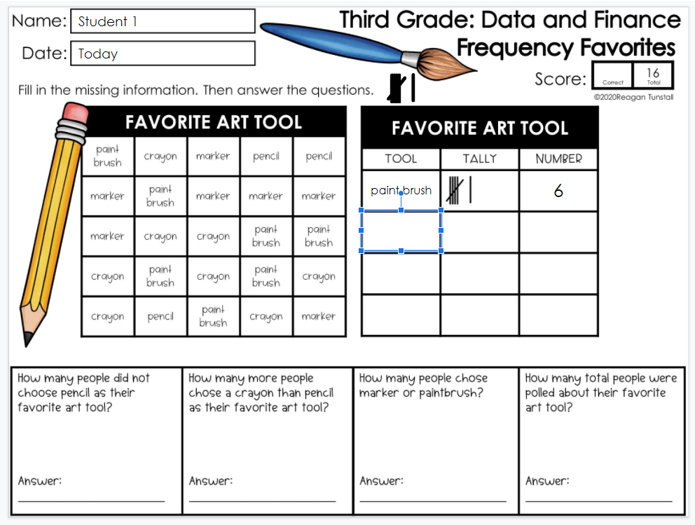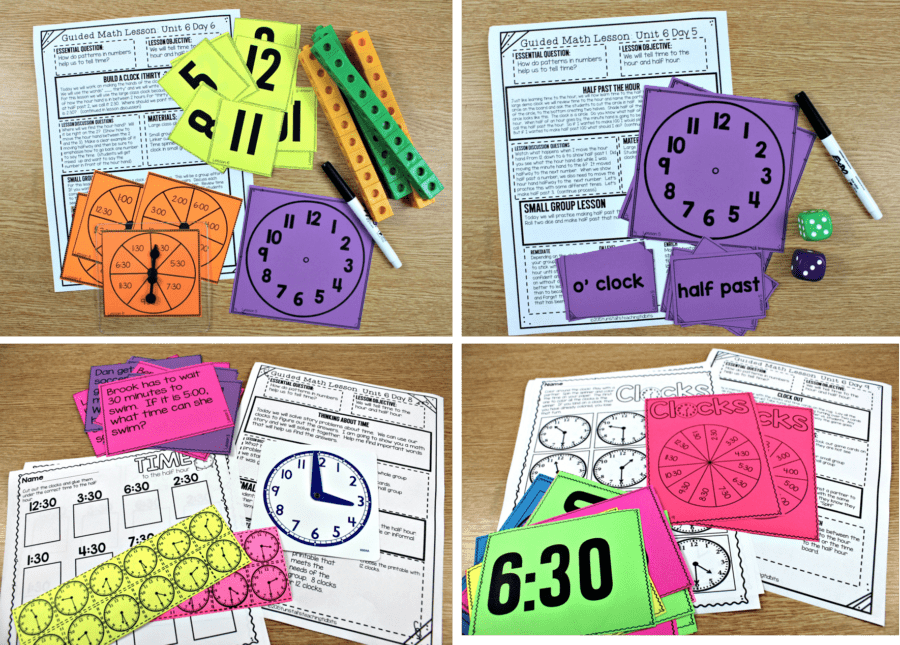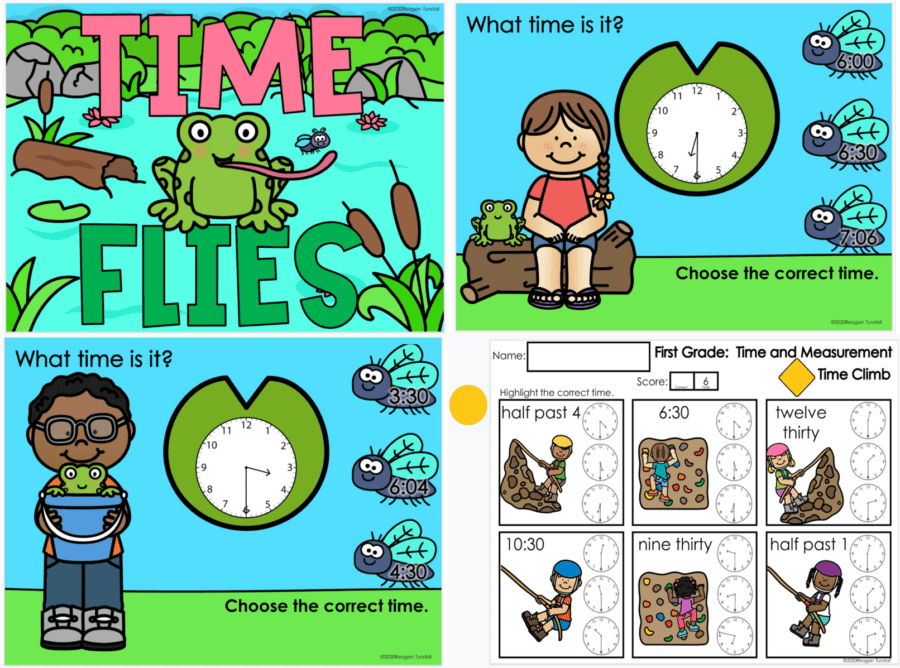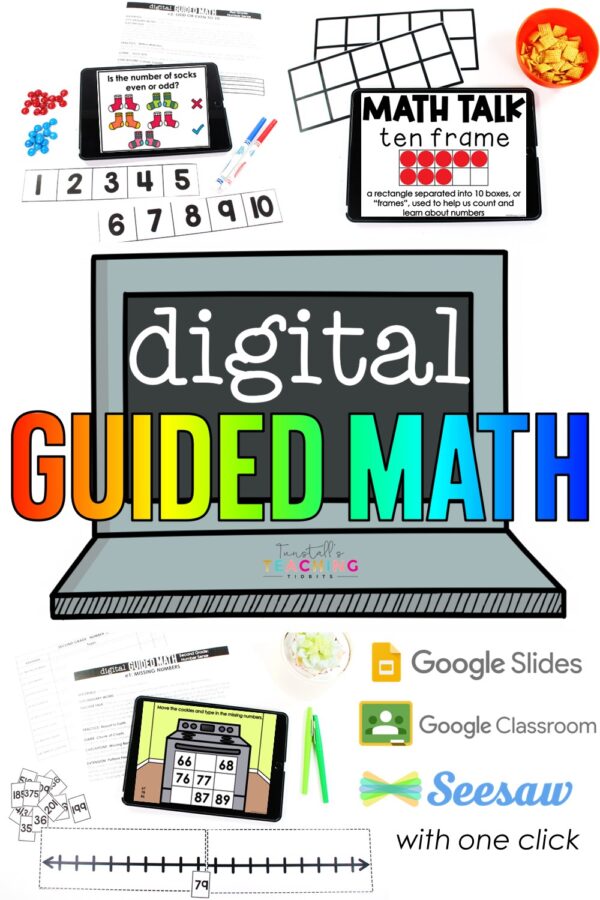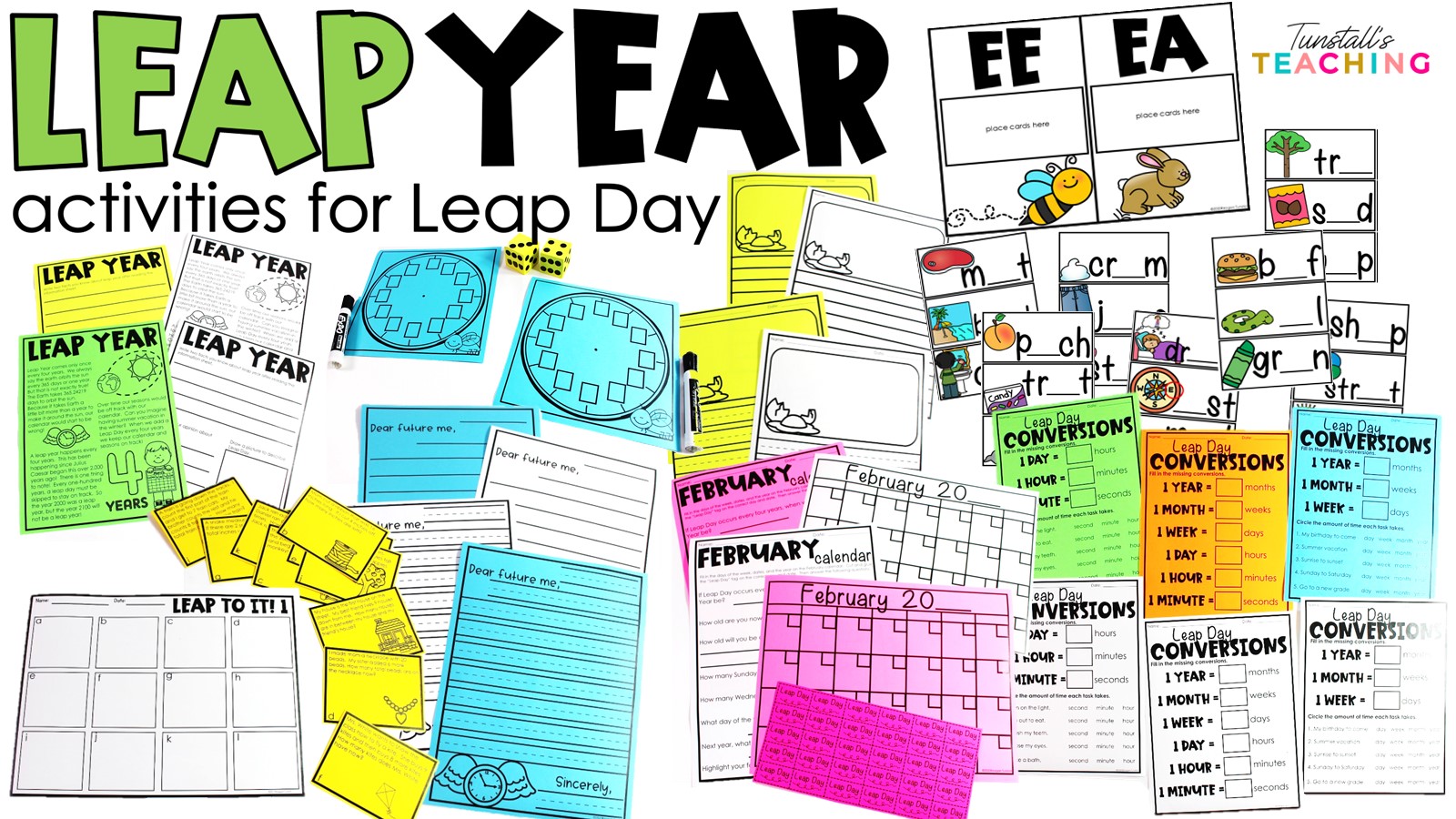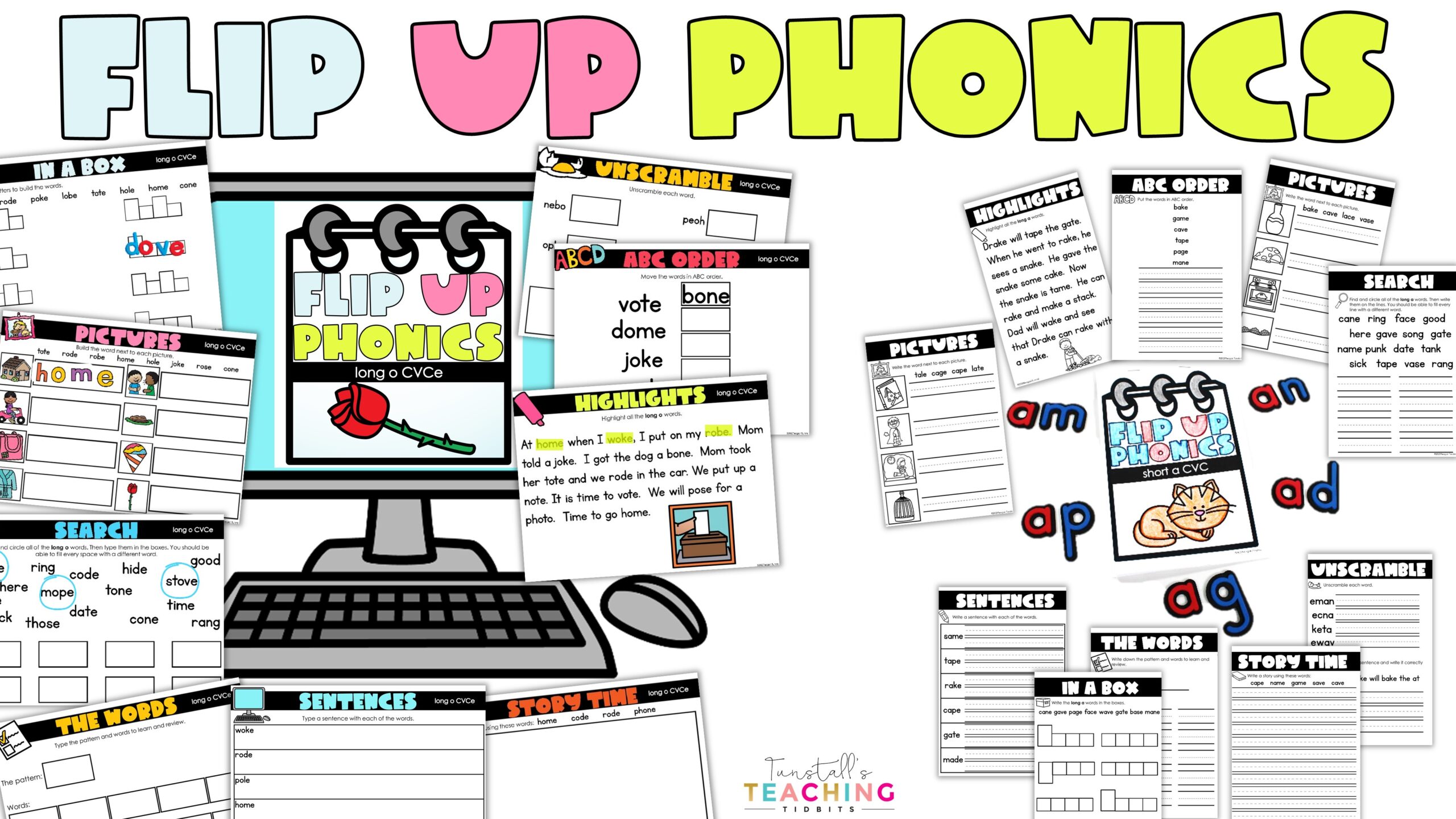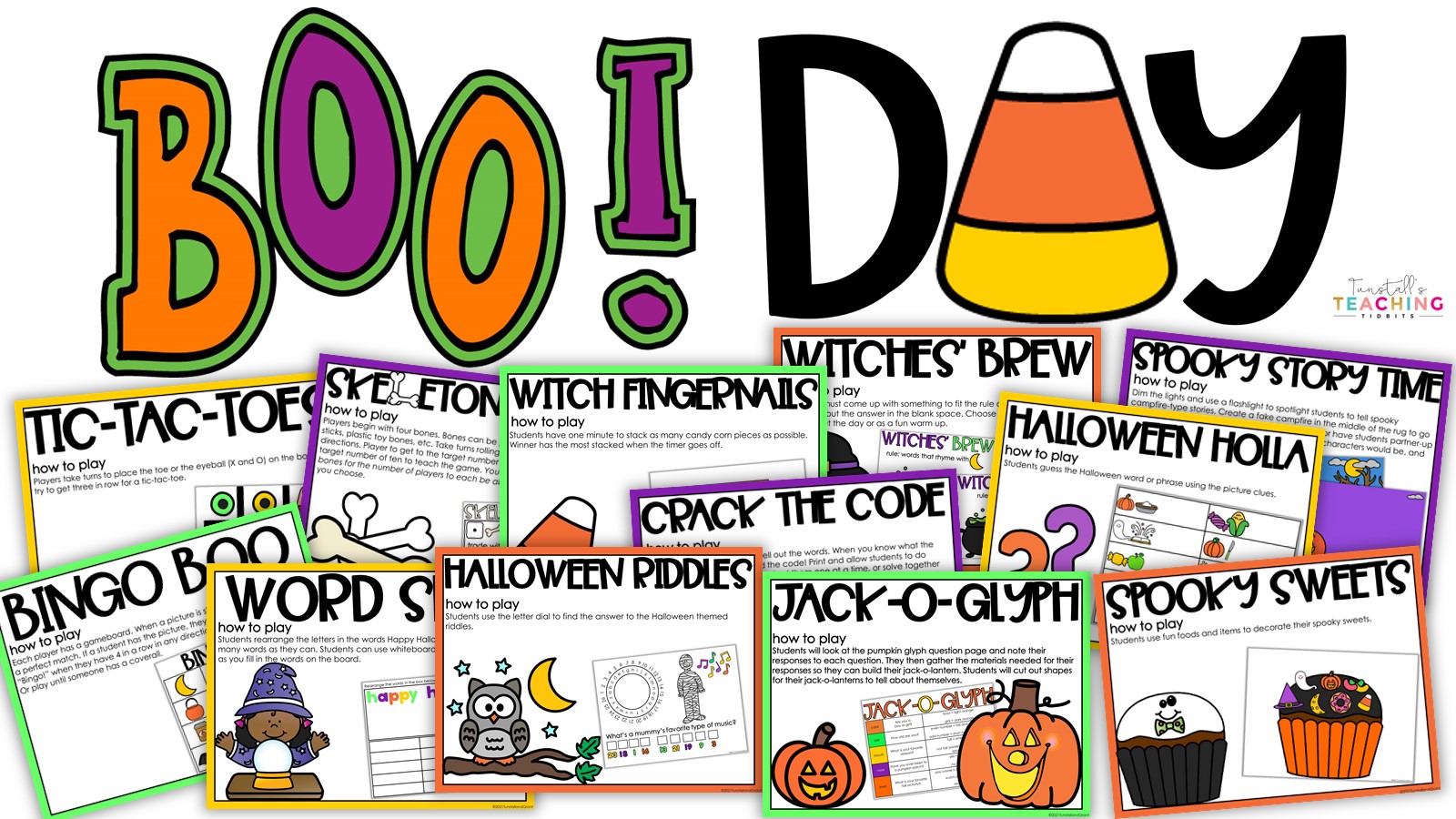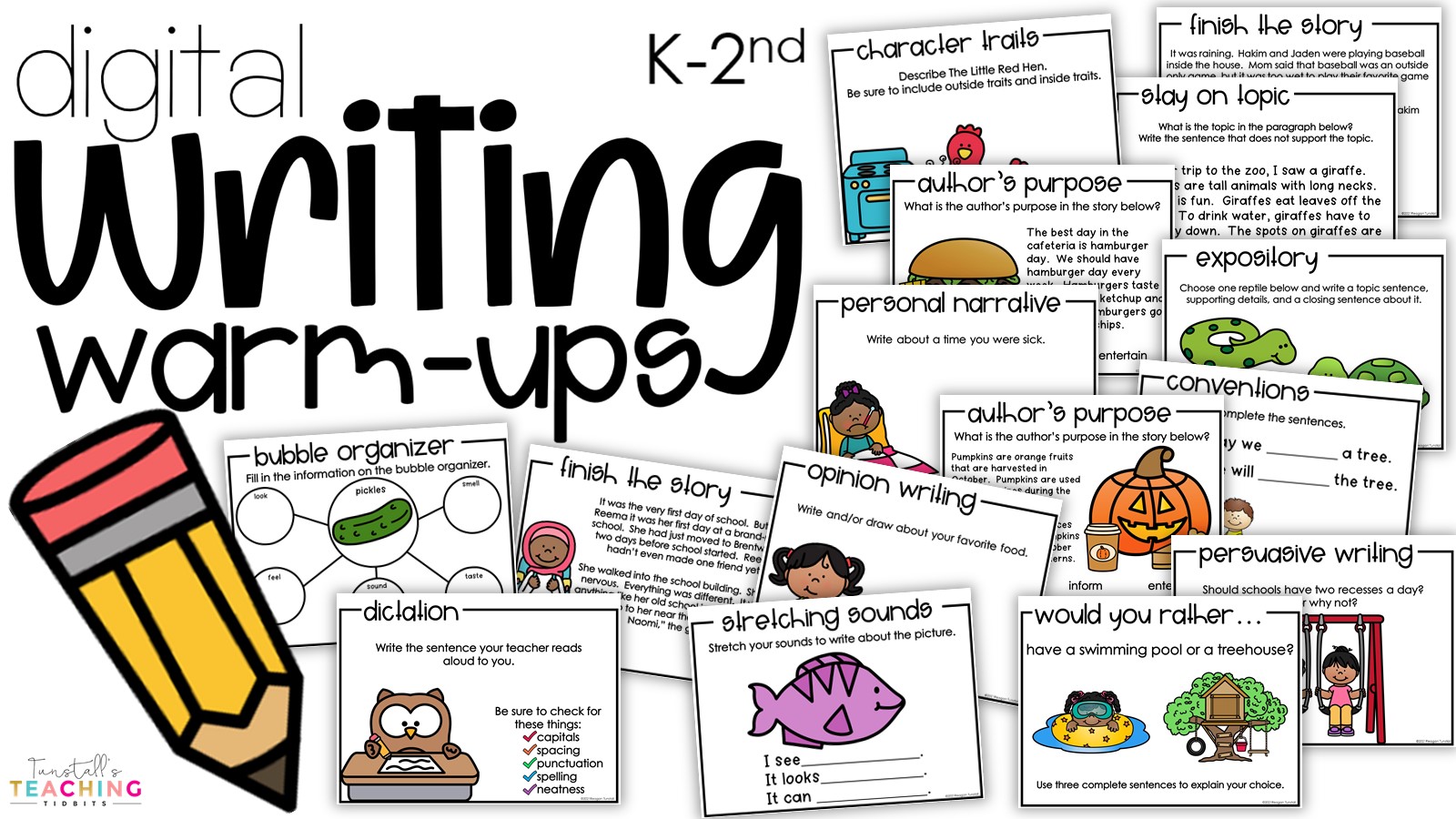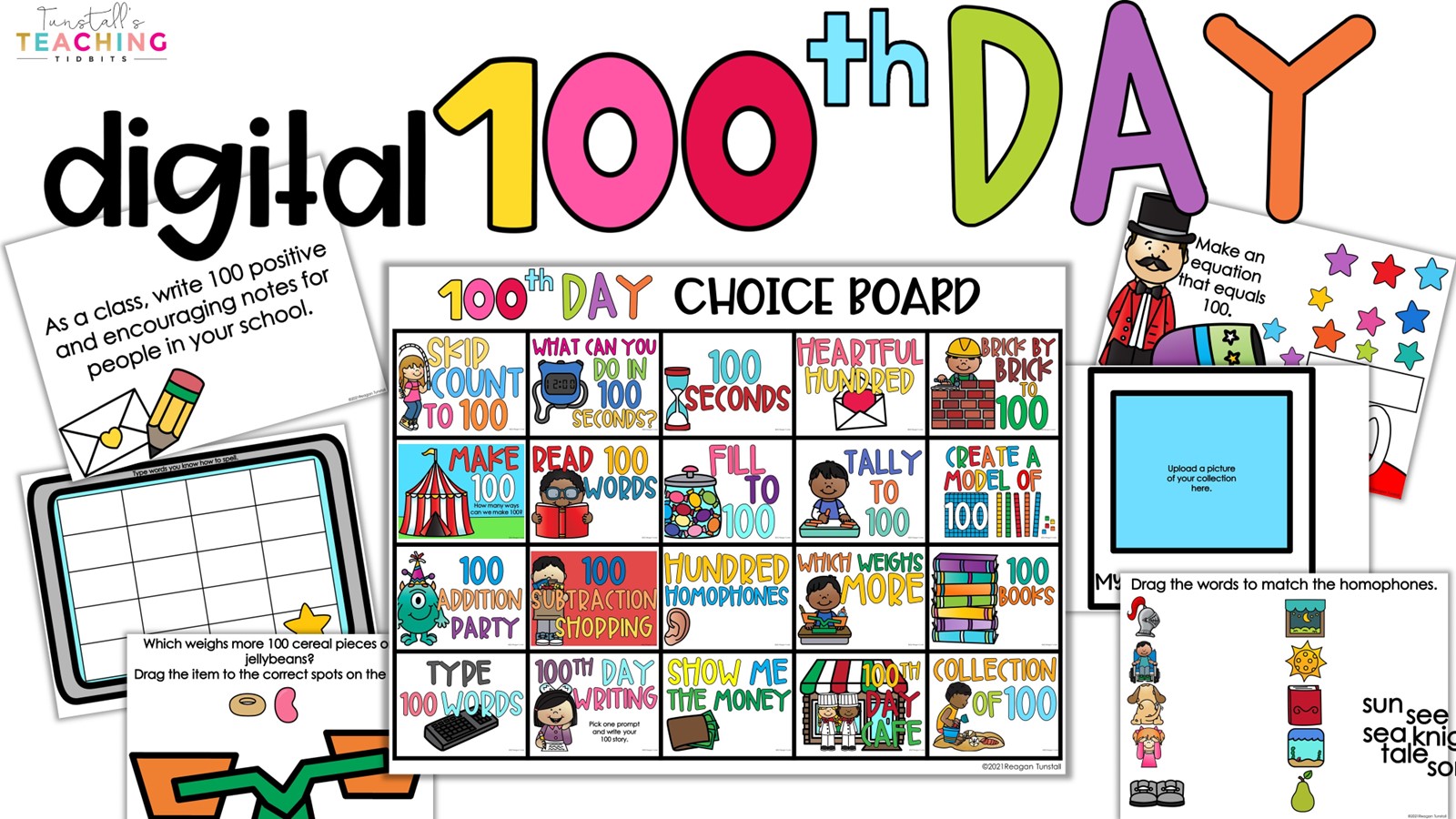Guided Math Digitally Speaking
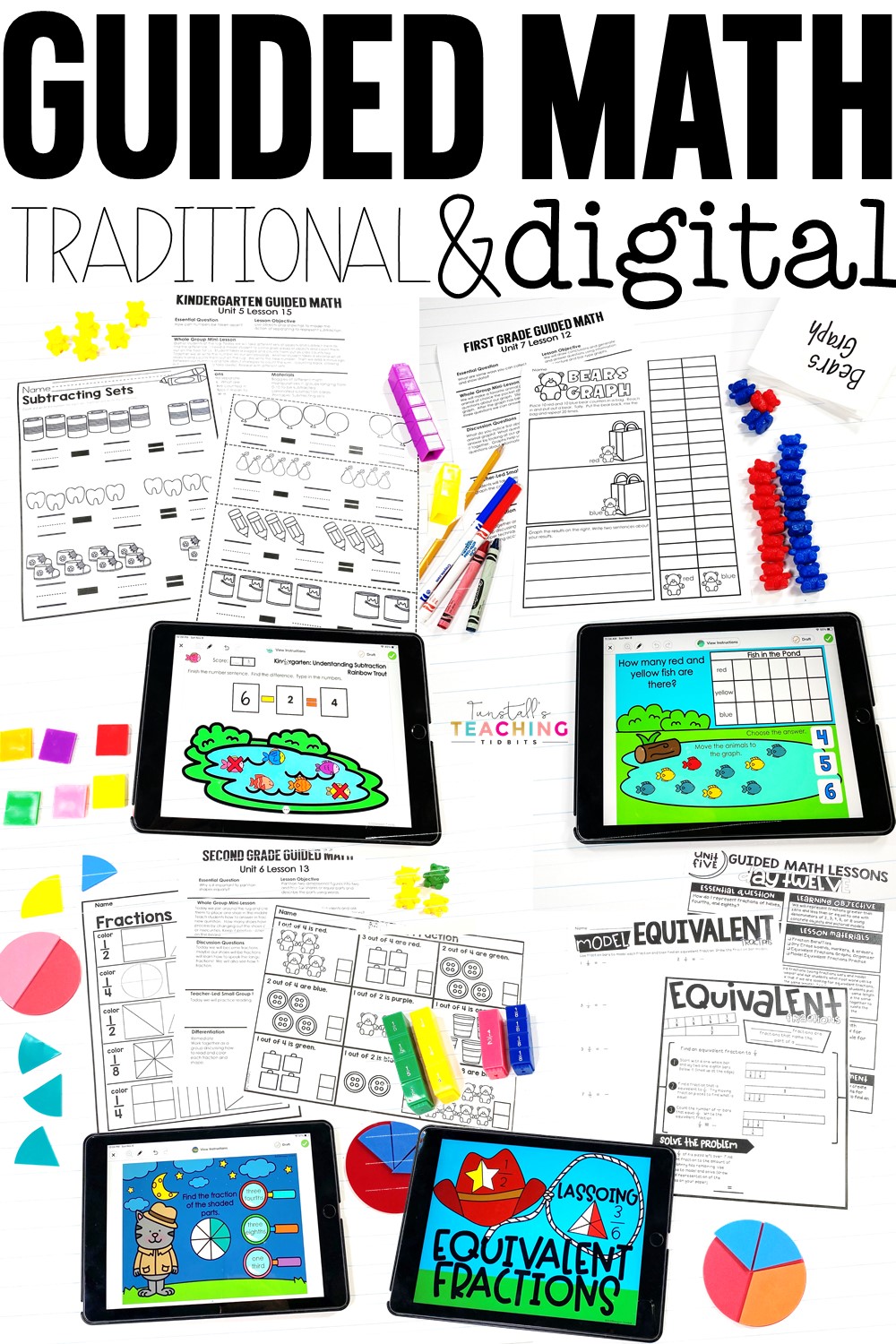
The core of the guided math structure is meeting with students in small groups for individualized instruction following a whole group mini-lesson. During this same time, classmates are authentically applying math content in workstations with partners, groups, and individually.
GUIDED MATH DIGITALLY SPEAKING
In this post, we will explore how we can continue this effective Guided Math structure in the digital realm with guided math digitally speaking. Guided math is the instructional approach taken during a math block. Digitally speaking, we can structure student interaction to follow the same instructional approach. Let’s look at the workstation below for an example. Here, students are engaging in a hands-on graphing workstation to apply their understanding of real-object graphs, comparing numbers, and general number sense.
Rather than students rotating to or being a part of this hands-on graphing workstation, we provide a digital workstation with the same outcome. The picture below shows the same standard in digital format for students. Rather than working in a group on a hands-on real-object graph, students complete a series of digital activities in this eLesson from Guided Math.
DIGITAL GUIDED MATH
Digital Guided Math is available K-3 for every math standard. If you already use the Guided Math Curriculum, then the digital guided math resource marries perfectly. It’s perfect as the technology component to the program or as a full stand-alone resource for teaching slides, math technology station games, and homework all in one.
Most important, digital guided math is written for the guided math structure. We wanted to create the same well-rounded student-centered instruction in a digital format.
In the picture below, is a unit from second grade traditional guided math and its digital counterpart. Nothing overlaps in these two units, but the standards covered are identical. These units can be used together in the same classroom, or on their own.
Opening up the example further, we have a lesson below from traditional guided math. This lesson on frequency tables contains both a whole group mini-lesson and a follow up small group activity.
Digitally speaking, here is the exact same lesson! First, we have a mini-lesson about frequency tables which the teacher would do remotely or project in face-to-face instruction. Then we follow this lesson up with two interactive activities on frequency tables. Each activity has ten interactive slides. Only one is pictured below. 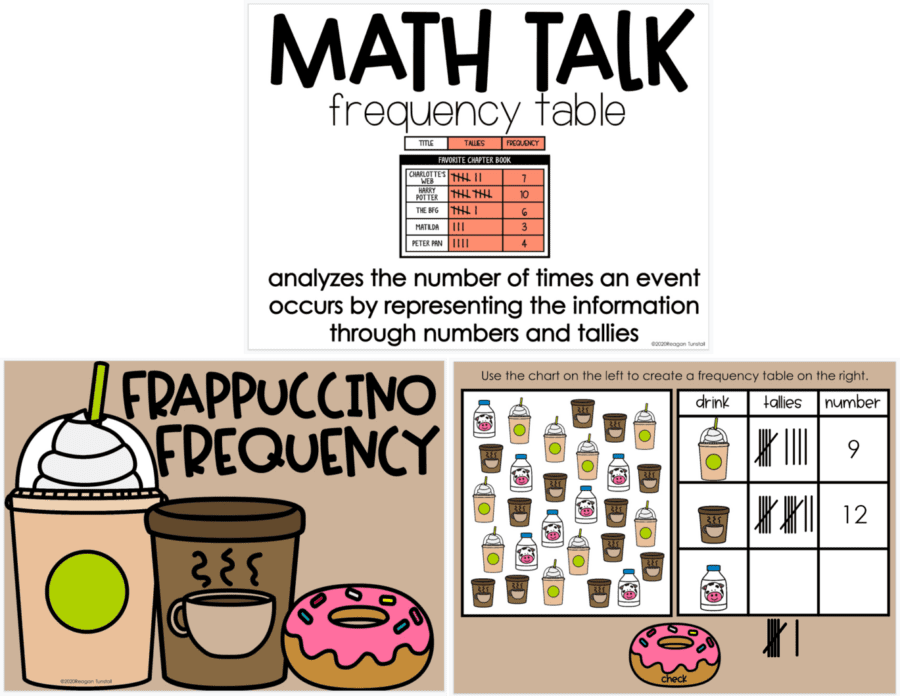
The digital lessons also have built-in checkpoints and extensions for taking grades and evaluating the progress students make. These are in all grade levels of guided math. In the example below, students use moving tally marks to create the frequency table. Then they type in the numbers. Finally, students answer the questions about the information at the bottom of the page.
THE COMPONENTS OF GUIDED MATH
There are four components of the guided math classroom. These are present in both the traditional and the digital resources. My goal in creating these resources was to reach every student in the most engaging ways I could dream. Two decades of research in how students develop mathematically, and thousands of hours of my own math instruction gave me the confidence to share this with every teacher possible.
First grade guided math telling time in the traditional classroom pictured here.
Part of an eLesson on telling time from the first grade Digital Guided Math resource.
DIGITAL GUIDED MATH
To read more about digital guided math you can find a full in-depth look HERE.

 Contact Us
Contact Us